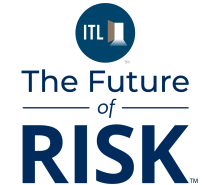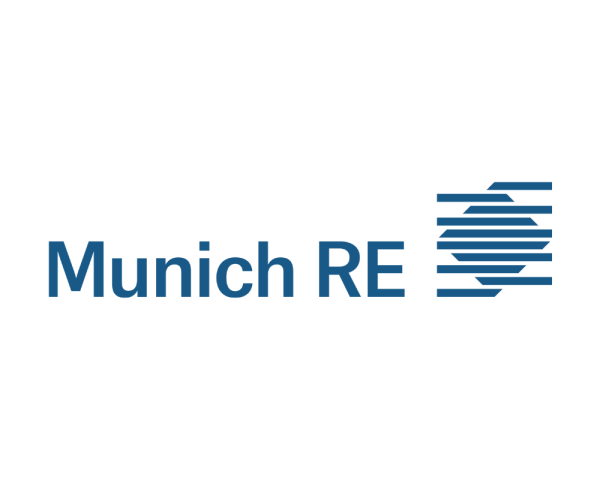Cancer is the leading cause of death among life insurance policyholders. In recent years, we have seen an explosion of groundbreaking advances in cancer research that are changing the way that cancers are defined, prevented, diagnosed, and treated. These advances are expected to drive significant improvements in cancer mortality, even beyond what we have seen in the past few decades.
The profound and swift evolution of cancer knowledge will have far-reaching implications for various facets of life and living benefits insurance products, underscoring the need for insurers to remain vigilant and adapt to this shifting landscape.
Improving Cancer Outcomes is one of the five critical topics featured in Munich Re’s 2025 Life Science Report, a wide-ranging thought leadership project intended to help life insurers better understand and navigate prevalent emerging medical trends and risks.
Key Insights:
- Prevention efforts will leverage the power of AI to integrate and analyze vast amounts of biometric, genetic, and imaging data and improve cancer risk prediction. Insurers will need to monitor this to anticipate potential anti-selection behavior.
- Diagnostic advances will also be fueled by the power of AI and the acceleration of earlier cancer detection by molecular/genetic analysis of bodily fluids (‘liquid biopsy’). Potential changes in how cancers are classified will require the modification of insurance product definitions.
- Therapies will continue to progress into more and more personalized treatment, further enhanced by tumor genetic analysis with targeted drug development and immunotherapies, such as personalized cancer vaccines. Much of this, however, will come at a high financial price, which could significantly impact health insurance costs and limit access in some markets.
Visit our Life Science Report page for more information and to access additional chapters as they are published, including AI in Healthcare (available now), Prevention (February 18), Obesity (March 4), and Climate Change (March 18).







